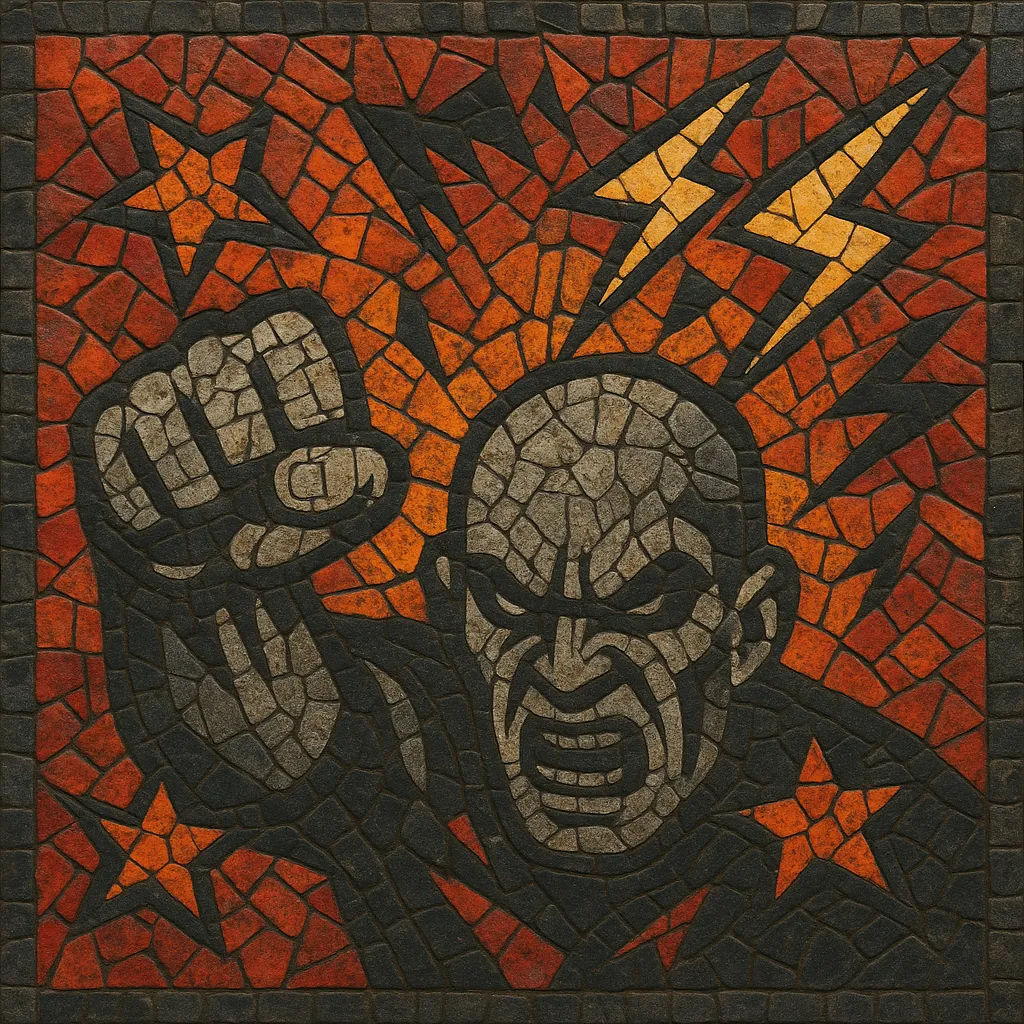Hardcore (often called hardcore techno in its early form) is a fast, aggressive branch of electronic dance music characterized by heavily distorted, punchy 4/4 kick drums, tempos ranging from roughly 160 to well over 200 BPM, and a dark, high‑energy aesthetic.
It emphasizes percussive drive over complex harmony, using clipped and saturated kick-bass sound design, sharp hi-hats, claps on the backbeat, and harsh synth stabs or screeches. Vocals, when present, are typically shouted hooks, sampled movie lines, or crowd chants processed with distortion and effects.
Originating in the Netherlands in the early 1990s, the style quickly splintered into related scenes and subgenres such as gabber, happy hardcore, Frenchcore, terrorcore, speedcore, and later hardstyle. Its culture is closely associated with large-scale raves, specialized labels, and distinctive visual branding.
Hardcore emerged in the Netherlands in the early 1990s as DJs and producers pushed techno and house toward higher tempos, tougher sound design, and more abrasive textures. Influences included Detroit and European techno, acid house’s squelching resonance, the industrial/EBM edge of Belgian and German club music, and the energy of the early rave movement. Clubs like Parkzicht in Rotterdam and labels such as ID&T, Mokum, and Rotterdam Records helped codify the sound.
By 1993–1996, the Rotterdam-born variant known as gabber dominated the hardcore scene: relentless 4/4 kicks, distorted bass tails, and stark, confrontational aesthetics. Massive events (e.g., Thunderdome) and crossover singles (e.g., Paul Elstak’s anthems) brought hardcore into mainstream charts in parts of Europe. Simultaneously, a brighter UK-oriented branch evolved into happy hardcore, marrying breakbeats or 4/4 kicks with euphoric chords and pitched vocals.
Commercial overexposure and internal scene tensions led to a late-1990s dip. Producers explored darker, more industrial directions and faster, more extreme offshoots (terrorcore, speedcore). Others slowed and refined the formula into what became hardstyle around 1999–2001, retaining the heavyweight kick focus but adopting more melodic, festival-oriented structures.
From the mid‑2000s onward, artists like Angerfist, Promo, and The Outside Agency reignited interest with a harder, technically refined sound and with industrial hardcore and crossbreed (hybridizing DnB and hardcore). Frenchcore rose in France and globally, while uptempo styles pushed BPMs further. Today, the hardcore ecosystem spans festivals (e.g., Masters of Hardcore, Dominator), regional flavors (e.g., Italian and French scenes), and a continuum reaching into rawstyle, uptempo, and crossbreed, sustaining a worldwide, dedicated community.


